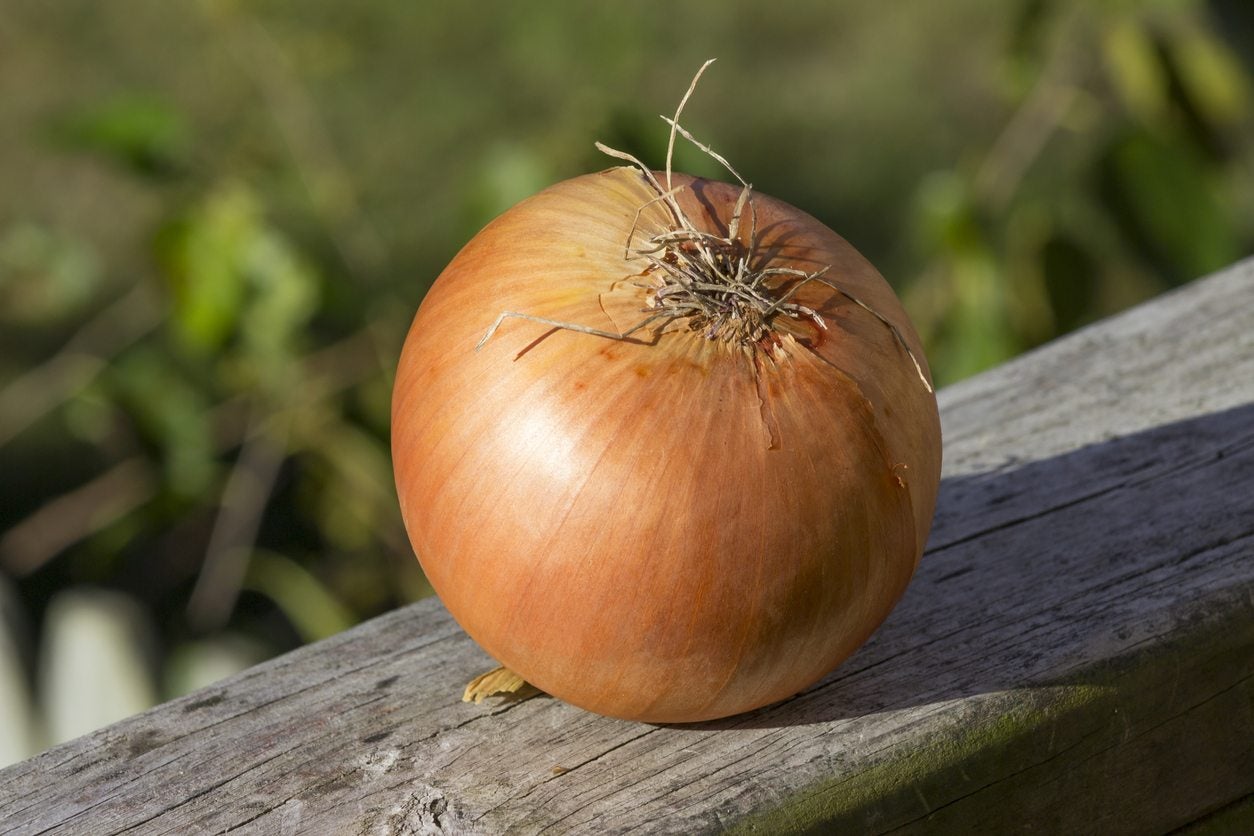What Are Sweet Onions – Learn About Sweet Onion Growing


Sweet onions are starting to become wildly popular. What are sweet onions? They get their name not from their high sugar, but their low sulfur content. A lack of sulfur means that the onion bulbs have a milder, smoother taste than other onions. In fact, the best commercially grown sweet onions come from parts of the world that have naturally low levels of sulfur in the soil, like Vidalia, Georgia. Sweet onion growing can be a little tricky, however. Keep reading to learn more about how to grow sweet onions.
How to Grow Sweet Onions
The key to successful sweet onion growth is giving the plants enough time to form really large bulbs. The best way to do this is to plant them in late summer or early autumn and let them grow through the winter. This means sweet onion plants grow best in climates that have mild winters. The most popular sweet onion plants for winter growing are called short-day onions, a variety that still grows well during the short days of winter. These onions tend to be hardy down to 20 degrees F. (-7 C.). Other varieties, called intermediate day, are hardy down to 0 degrees F. (-18 C.) and can survive in colder climates. If your winters are very cold, it’s also possible to start sweet onions indoors and transplant them out in the spring, though the bulbs will never get as big. Sweet onions like well-drained, fertile soil. They are heavy feeders and drinkers, so caring for sweet onions involves watering them frequently and applying regular fertilizer in the spring when the bulbs are forming. Avoid fertilizers with sulfur, as this will make the onions taste less sweet. Short day sweet onions should be ready to harvest in early to midspring, while intermediate day varieties should be ready in early to midsummer.
Sign up for the Gardening Know How newsletter today and receive a free copy of our e-book "How to Grow Delicious Tomatoes".

The only child of a horticulturist and an English teacher, Liz Baessler was destined to become a gardening editor. She has been with Gardening Know how since 2015, and a Senior Editor since 2020. She holds a BA in English from Brandeis University and an MA in English from the University of Geneva, Switzerland. After years of gardening in containers and community garden plots, she finally has a backyard of her own, which she is systematically filling with vegetables and flowers.